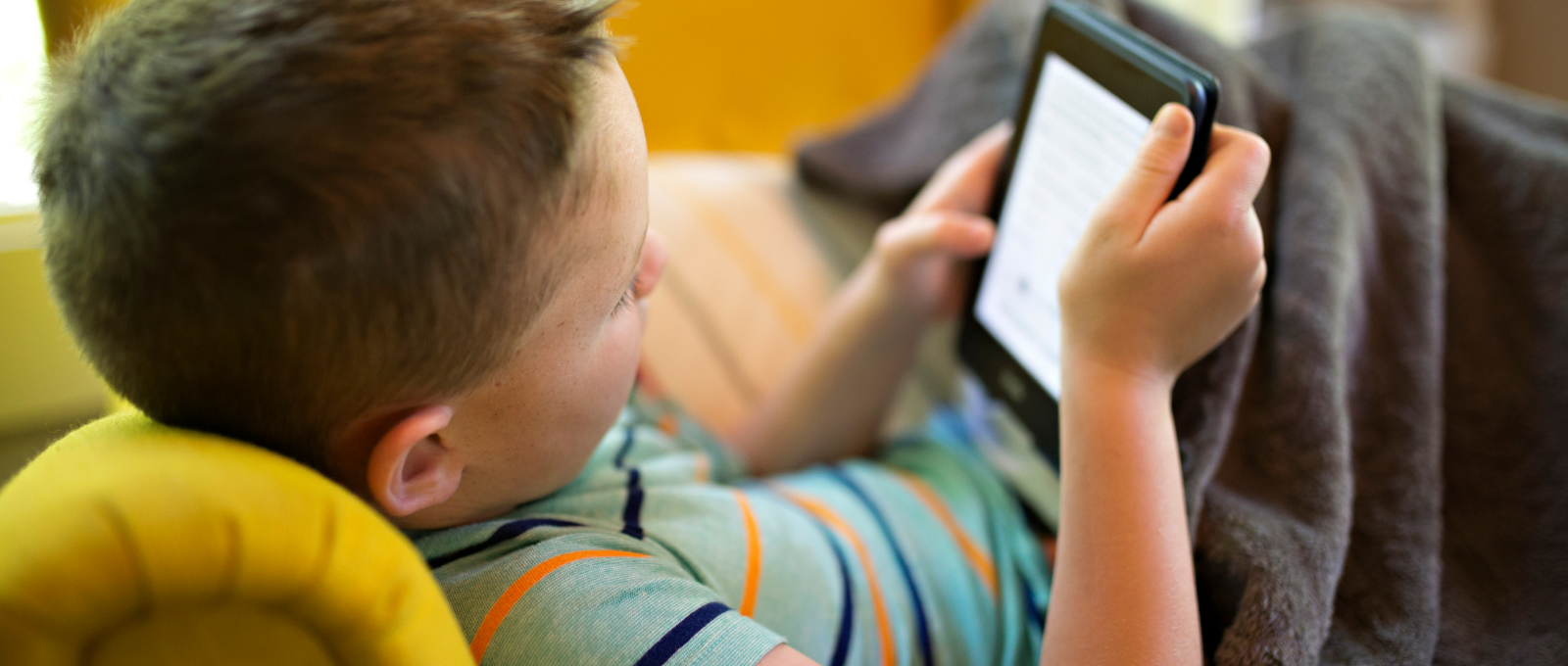In today’s digital age, screens are everywhere—tablets, smartphones, computers, televisions, and even classroom projectors. While these devices offer countless benefits, from educational content to staying connected, they also present unique challenges for young, developing eyes. As a parent or caregiver, it’s essential to understand the relationship between screen use and eye health, the impact of blue light, and how to set healthy boundaries for screen time.
The Impact of Screen Use on Kids’ Eyes
Excessive screen use in children can contribute to several eye health concerns, including:
- Digital Eye Strain (Computer Vision Syndrome): Symptoms include blurry vision, dry eyes, headaches, and difficulty focusing after prolonged screen time. Children may not always communicate these symptoms, so watching for signs like frequent blinking, eye rubbing, or complaints of discomfort is crucial.
- Myopia (Nearsightedness): Recent studies suggest a strong correlation between increased screen time and the global rise in myopia. Close-up activities, including screens and books, combined with limited outdoor time, can accelerate myopia progression in children.
- Dry Eye Disease: Though less common in children than adults, extended screen use reduces blinking frequency, which can compromise the tear film and cause discomfort.
What About Blue Light?
Blue light is a high-energy visible (HEV) light emitted by digital screens, LED lighting, and even the sun. While exposure to blue light during the day can help regulate circadian rhythms, excessive exposure—particularly in the evening—can disrupt sleep patterns.
For children, blue light is less about long-term retinal damage (as some myths suggest) and more about its impact on eye strain and sleep hygiene. Young eyes may also absorb more blue light because their lenses are still developing, which could theoretically increase sensitivity.
While specialized blue-light-blocking glasses and screen filters are marketed heavily, the evidence for their necessity in children is mixed. Most professionals, myself included, agree that managing screen time and lighting conditions is more effective than relying on these products alone.
Screen Time Management: Professional Guidelines
The American Academy of Pediatrics (AAP) provides recommendations to help parents navigate screen use by age:
- Under 18 Months: Avoid screen use except for video chatting. Infants learn best through direct interaction with caregivers and the world around them.
- 18–24 Months: If introducing screens, choose high-quality, educational content and watch together to help the child understand what they’re seeing.
- 2–5 Years: Limit screen time to one hour per day of high-quality content. Co-view whenever possible and prioritize interactive, educational programming.
- 6 Years and Older: Establish consistent limits on screen time to ensure it doesn’t interfere with sleep, physical activity, or other healthy behaviors.
Tips for Protecting Kids’ Eyes
- Encourage the 20-20-20 Rule: Teach children to take a 20-second break to look at something 20 feet away every 20 minutes of screen use. This simple practice helps reduce eye strain and refocuses the eyes.
- Promote Outdoor Time: Spending at least two hours a day outside has been shown to reduce the risk of myopia progression. The natural light and long-distance focus are great for young eyes.
- Optimize Screen Setup: Ensure screens are positioned at or just below eye level, at least an arm’s length away. Reduce glare by adjusting room lighting or using anti-glare screen protectors.
- Set Digital Curfews: Avoid screens at least one hour before bedtime to minimize blue light exposure and improve sleep quality.
- Encourage Regular Eye Exams: Annual eye exams are crucial for identifying any early signs of vision problems and managing them proactively.
A Balanced Approach to Screens
Screens are not inherently bad—they’re tools that, when used mindfully, can enhance learning, creativity, and connection. The key is balance. By setting boundaries, encouraging outdoor activities, and fostering healthy habits, we can help children enjoy the benefits of digital devices while protecting their eye health.
As parents and caregivers, it’s up to us to model good behavior, create tech-free zones, and have open conversations about the importance of taking breaks. With these strategies, we can ensure that kids grow up with both healthy eyes and a healthy relationship with technology.
Stay tuned for more tips on protecting your child’s vision in this digital world—because helping them “see more” now means giving them the tools to “be more” in the future.

